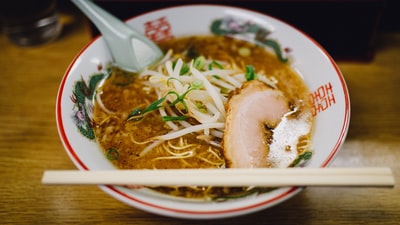Food dehydration or food drying for preserving purposes has been around in one way or another for centuries if not millennia. Until the last hundred years the food drying process has been relegated to finding a flat, dry surface that happens to be in direct sunlight. You can only imagine the hazards involved with this outdoor process ranging from bug infestation to inclement weather. Fast forward around a hundred years later and what you have got in today’s marketplace is a healthy diversity of self contained, electronic food dryers or dehydrators. As you might guess, they are not all created equal and vary widely. This article is one of several that will walk you through some of these differences.
Most modern food dehydrators can vary in shape from cylindrical columns with layers of trays to horizontal boxes with adjustable trays. These Dehydrator units all have their good points and not so good points. Let’s talk about some of the more controversial elements of both vertical and horizontal food dehydrators.

Air Flow
A food dehydrator works best when the airflow is moving un-impeded from one end of the unit to the other end. This air flow can be vertical or in other words…up, that is originating from a heat source at the bottom of the dehydrator and flowing up as in fan driven or convection (hot air will always rise). The other air flow alternative would be a horizontal dehydration unit. This is where the air begins movement from a fan and heat source at one side of the unit and moves horizontally across the food trays, once again in an un-impeded or un-blocked manner. Now of course, the million dollar question, which one is best, a vertical flow cylindrical unit or a horizontal flow box unit? When you are standing out on an open plane and feel the wind blowing against you, how is the wind blowing? Of course it is blowing horizontally. Most food dehydration experts agree that the horizontal air flow or box unit is the best. The horizontal air flow throughout the box is the same whether you place the food slices in the back or the front. In most vertical or stackable dehydrators the air flow is best near the bottom and become less effective near the top. This requires you to be more aggressive in switching out the tray placement for more even drying of your food slices.
Food Odor Mixing
The word marriage stirs images of a bliss full blending harmony and exchange of essence. However when it comes to marriage the contract is, you might say, a bit more than that. In a food dehydrator the marriage of love and nature is less than ideal. While there is harmony within the household, there is an equal amount of stress within the family. In a homemaker’s home it is often a battle, a never ending process to get the shelves laden with enough produce to fill an entire shelf. At times the only escape is to an industrial larger kitchen using commercial grade filters and enzymes to remove as many of the contaminants as possible. Using such a filter will require that you are willing to invest in expensive home filtration equipment. Meanwhile, using an industrial scale filter will be sufficient to ensure that you will not be adding to the liability of your business by removing contaminants from your product.
Labor intensive
Businesses concerned about the economic downturn have been restive in making cuts to their workforce. One of the industries hit hard by a reduction in employment including catering and food service jobs, is the food dehydrating industry. It is well known that labor is a scarce commodity whether you are in need of additional cooks or serving food in restaurants. Food dehydrating is a perfect job for those looking to increase their employment and make additional money throughout the course of their career. Despite the economic downturn, catering and food service jobs are still flowing in most markets nationwide. Even though you may have to relocate to a rural area, you can find appealing employment opportunities just by heading online and finding the local market.
For those who are considering a career in culinary, but do not have a formal education, you can still get hired by a catering company that offers food training. Aside fromodium free food dehydrating,gourmet food dehydrating, and slow food movement diets, there are many other career paths that lead to viable success. You might be surprised to learn that getting hired by a catering company as a contract chef is a possibility.
According to a recent survey by a market research firm, there are approximately 62 million contract chefs in the United States and about 20% of these are hourly employees. (Source: Small Business Administration statistics and according to Opower’s Small Business Yearbook). Traditional chefs have been mentioning the need for increased pay and job security. One of the questions they ask is “How can I get a good paying job as a chef with health benefits and a good foundation in three to four years?”








